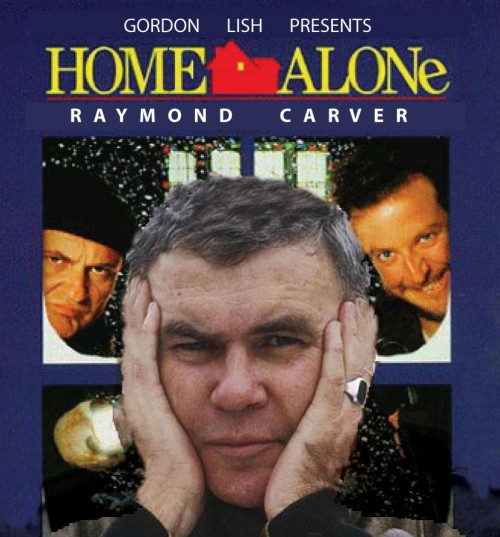Let’s overanalyze to death … Macaulay Culkin eating a slice of pizza
On 16 December of last year, Macaulay Culkin posted to YouTube a video of himself eating a slice of pizza:
I watched it and showed it to some friends because, on the one hand, how random! Macaulay Culkin! Eating pizza! Lol! One million other people and counting apparently felt similarly.
The video fascinates because it depicts a star (or a former child star) doing something utterly mundane. The presentation is simple, stripped down. The shot is static and there are no cuts. Culkin looks embarrassed to even be there, to be watched eating. There’s no glitz, no glamor. The guy eats pizza just like you and me, even tearing off the crust (though I would’ve finished the rest of the slice).
At the same time, the video fascinates because it’s awful—it’s “so bad it’s good.” That reaction is breathlessly conveyed in the Time Magazine blog post, “Questions We Asked Ourselves While Watching Macaulay Culkin Eat a Slice of Pizza,” which presents no fewer than forty-six questions about the video, in pseudo-live-blogging fashion:
Why does he look like he really doesn’t want to be wherever he is, or eating the slice?
Has he ever eaten a slice of pizza before?
Why does he look so sad?
Does he know he’s being filmed?
Do the pizza oils get trapped in his beard?
Why does he keep looking up?
Forty-six questions is a lot of questions, prompting a forty-seventh: “How many times did author Eric Dodds watch the damn thing?” And one million views is a lot of views. Thus, despite being banal, despite being awful, the video is somehow also something else. Would it be fair to call it transcendent? Even sublime? And if so, why? Because it purportedly offers us unmediated access to a former star, now desperately embarrassing himself?
But far from being random, or mundane, or excruciatingly candid, Culkin’s pizza video is a put-on, its every second pure artifice. For starters, it’s a loving recreation of another work—a short film of Andy Warhol eating a hamburger:
Home Alone by Raymond Carver

I was standing in front of the living room window, my reflection half transparent, drinking a gin and tonic. My family had left me alone for the holidays; I just didn’t feel up for the motions and devotions necessary to complete the season. That was the thing with years: there were always more. My face through the window seemed lakelike; each squint, as I tried to make myself out, a little ripple moving outwards towards the world at large. The failed hail of snow had fallen. Two men knocked on the door and I started to run away.
That was mine, yah, sorry. Now it’s your turn to give it a go in the comments section — nothing too long, just a couple of sentences. Others are welcome to critique entrees; why is it or isn’t it Carver? Let’s try to find out what it was he* did, and how he* did it. (*Yah, Lish, I know.) For me, Carver is romantic without being romantic. It’s reticent emotional hyperbole, which is like, uh, really difficult. Good luck!
